What I Have to do :
Perform the linearization in the vicinity of the operating point. Determine the linearized transfer
This is my non-linear operating point model ('op') with step :

This is my non-linear operating point model ('linmod'), where I have replaced step -> In and to workspace -> Out
 Parameter Kn = 948;
For transfer function I did:
Parameter Kn = 948;
For transfer function I did:
[num,den] = linmod('test');
G = tf(num,den); 0.3333 s^2 + 83.33 s + 23.33
--------------------------------------
s^4 + 333.3 s^3 + 2.09e04 s^2 + 5833 sIf I change the value of Kn, and re-run simulation + linmod, I get the exact same transfer function.
Also, I do not quite understand in the mathlab help what is
[A,B,C,D] = linmod['linmod',x,u]x' = Ax + Bu and y = Cx + Du
But I do not know what to do from here.
Also a question :
Do I need to use linear or non-linear model for linmod ?